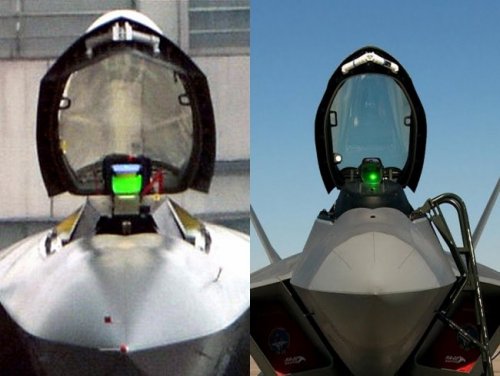bobbymike said:
The US's ability to invent and innovate on the scale that it has is pretty unique in human history. Just look at the number of Nobel Prize winners, patents, etc AS A percentage of global population.
Please note: Just because I have not mentioned the incredible contributions to science and technology of other nations DOES NOT MEAN I discount or disregard them.
Of course this can ALL BE EXPLAINED from stolen Nazi technology :

German scientists won more nobel prizes in natural sciences than all other countries in the world, including the US, combined between 1900-1914, and again in the years after WWI. German preeminiance in both basic and applied sciences were, if anything, even more pronounced between 1900 - 1930 than that of the United States now.
Many of the top tier German scientists responsible for this and who were still active migrated to the US around and after WWII.
So NOT ALL can be explained by stolen, appropriated, and defected elements of the German scientific and technological establishment, but a GREAT DEAL, at least during the post WWII era when the United States first gained its scientific preeminiance, CAN.
For the United States, an more alarming thing than the fact that other countries have in the past been just as innovative and scientifically preeminiant as the US is now, is the fact that multiple lines of evidence point to the fact that our scientific preeminance is slipping. Our scientfic establishement is less highly respected and taken more for granted by our own citizens and major political parties. Many of out most prominant publically supported research universities are starved of funds. Native students increasingly shy away from top tier scientific and technological education. Foreign students making up the difference seems increasingly to find their home country to afford better opportunities than the US, and are going back home and in effect exporting American education to their home science and technology establishment rather than staying here and letting the education benefit American scientific and technological preeminance.
It's nice to think some ineffable and unchangible inner quality of the US makes us scientifically preeminant. But that is a dangerous fantasy.






